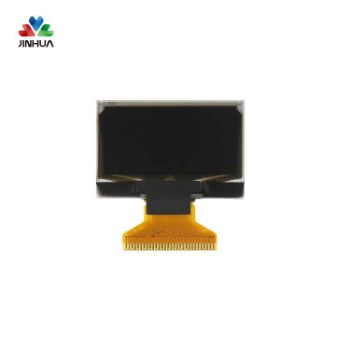To understand how the screen works, you must first understand what a pixel is.
The entire picture you see is actually made up of countless small dots, and these small dots are what we call pixels.
Each pixel is composed of three sub-pixels: red, green and blue. Red, green, and blue are the three primary colors. You can get all the colors you want through the color ratio of the three sub-pixels of red, green, and blue. In this way, each pixel performs its own role and displays its own color, and ultimately the complete picture you see is pieced together. picture. Resolution refers to the number of pixels per unit length.
01
How LCD and OLED work
1.1. LCD working principle
The cross-section diagram of LCD is as follows. It mainly has 7 layers. From bottom to top, they are backlight layer, vertical polarizer, positive circuit, liquid crystal layer, negative circuit, horizontal polarizer and color filter.
The function of the bottom backlight layer is to emit white light. The white light can turn into light of the corresponding color after penetrating the colored filter. Note that the backlight layer is not an independent LED lamp bead under the pixel, but a large backlight layer shared by all pixels on the entire screen.
When we apply voltage to the positive circuit, it will penetrate the liquid crystal layer and connect to the negative circuit to form a loop. This voltage will drive the liquid crystal layer to deflect. At this time, the liquid crystal layer will block part of the light like blinds. At this time, we only need to control The magnitude of the voltage can control the deflection angle of the liquid crystal molecules, thereby controlling the brightness of the red, green and blue sub-pixels. By changing the brightness ratio, you can mix any color you want.
1.2. Working principle of OLED
The full name of OLED is organic light-emitting diode (organic Light-Emitting Diode). It also has three sub-pixels like an LED screen. The difference is that it has no liquid crystal layer and backlight layer, and is a specially designed self-luminous diode. By controlling the voltage and thus the current flowing through the diode to change the brightness, you can control the color ratio of each sub-pixel, and ultimately mix the color you want.
OLED screen does not have a backlight layer, and each pixel can be controlled independently, so it does not need to be like an LCD screen where the entire backlight layer needs to be lit when it is turned on. Each pixel of the OLED screen can be understood as an independently controlled lamp bead, which can be used as a screen reminder. When the phone is locked, some pixels can be individually lit to display time and notifications with low brightness and low refresh rate. Waiting for some important information.






 English
English Deutsch
Deutsch русский
русский español
español العربية
العربية



 IPv6 network supported
IPv6 network supported
